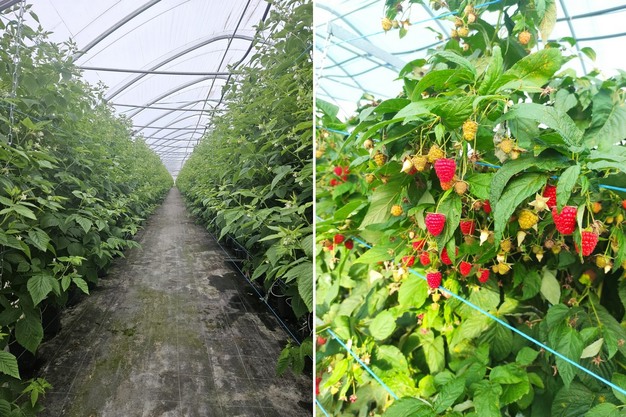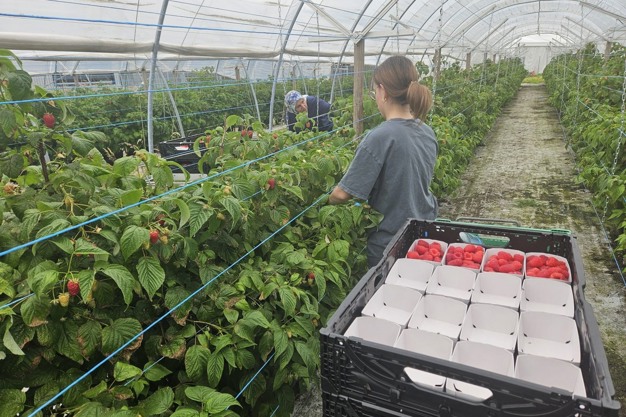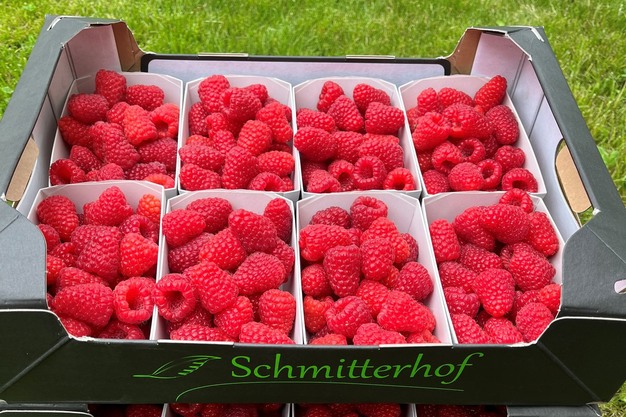At the start of week 21, the first strawberries and raspberries from Swiss cultivation could be harvested and marketed. "For raspberries, we are entering the new season very optimistically and are extremely satisfied with the yields and qualities so far. For strawberries, on the other hand, part of the stock is produced in open fields. Here, the heavy rain has led to corresponding rot pressure on the crops," reports Fabian Kummer from the Rheintal cultivation company Schmitterhof.

From a marketing perspective, the current conditions are quite positive, Kummer continues. "The market is eager for early strawberries from Switzerland, and since week 22, there are no more import quotas, which means that domestic strawberries are fully represented on the market. Through our marketing partner Tobi Seeobst, several promotions with Swiss strawberries are already running in retail. For raspberries, we expect the first advertising campaigns by the end of June." In terms of price, strawberries are slightly above last year's level, and a minimal price increase is also expected for raspberries.

Protected raspberry cultivation.
In the open field, the Aprica strawberry variety is cultivated, while in protected cultivation, the focus is primarily on the established variety Malling Centenary. The harvest and marketing window usually extends into the second half of August. Raspberries from protected cultivation are even available until October. "Our autumn raspberries have become very well established in recent years. Generally, the early and late raspberries are of the best quality, which is mainly due to the fact that we are increasingly faced with strong heat spikes and night temperatures over 20 degrees in the midsummer," says Kummer, who also produces asparagus.
 At Schmitterhof, the Enrosadira raspberry variety is mainly cultivated. In addition, the young berry cultivation company is dedicated to several variety trials.
At Schmitterhof, the Enrosadira raspberry variety is mainly cultivated. In addition, the young berry cultivation company is dedicated to several variety trials.
Since 2020, Schmitterhof has been able to deliver market-relevant quantities of raspberries. "Diversification was and continues to be very important to us, not least because we want to spread the risks as much as possible. In the coming years, we want to further expand our cultivation capacities for both strawberries and raspberries. We will completely replace our open-field strawberries with protected cultivation. We have found that the waste, also due to the weather extremes and damages mentioned, is now too large, especially in relation to the increased production costs. In the medium to long term, we might also consider adding blueberries to our range."
Images: Schmitterhof
For more information:
Fabian Kummer
Schmitterhof
Alpstrasse 50
9444 Diepoldsau -Switzerland
Tel.:+41 71 733 11 55
Email: kummer@schmitterhof.ch
www.schmitterhof.ch
